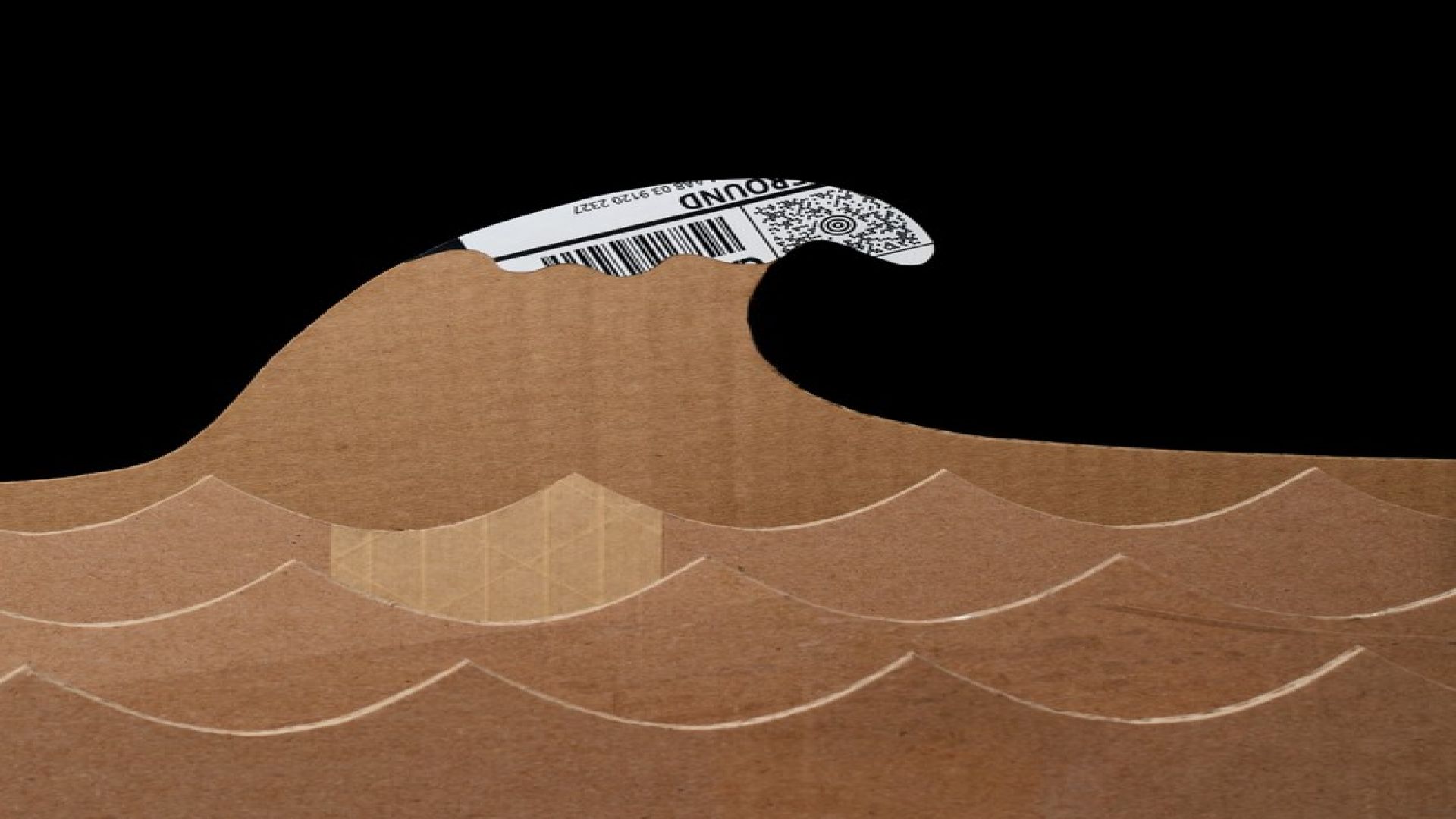The article delves into the logistical challenges and environmental impact of returning online purchases. With online sales comprising a significant portion of retail transactions, the accompanying surge in returns poses intricate problems for the e-commerce industry. An estimated one-third to one-half of all clothing bought in the United States comes from online purchases, leading to a return rate between 15 and 30 percent. This phenomenon is exacerbated by practices such as bracketing, where customers order multiple sizes to choose the best fit, and the expectation of free shipping and returns offered by many retailers. The article reveals the complex process of reverse logistics, describing it as time-consuming, labor-intensive, and often unsanitary. Returned items are subjected to scrutiny at sorting facilities to determine their condition and usability. The myth that returned items are restocked and sold as new is dispelled, with many retailers not allowing opened products to be resold in this manner. Instead, a considerable portion of returns is discarded, adding to the environmental impact and waste generated by the e-commerce industry. The piece highlights the birth of the returns issue with Zappos, whose easy return policy influenced consumer expectations. Retailers, in pursuit of customers, have adopted lenient return policies, causing a domino effect throughout the industry. While some major retailers have started employing measures to curb excessive returns, the broader problem remains largely unaddressed. The article underscores the lack of academic focus on reverse logistics and the reluctance of businesses to discuss the returns issue of online purchase returns, signaling a significant challenge that the retail industry grapples with.
The Nasty Logistics of Returning Your Too-Small Pants
Reviewer: Chidera Ejikeme
Guest editor from Northfield Mount Hermon School
January 04, 2024
News from: The Atlantic

Link:https://www.theatlantic.com/magazine/archive/2021/11/free-returns-online-shopping/620169/